Yarab Tso Lake: A Paradise in the Clouds!
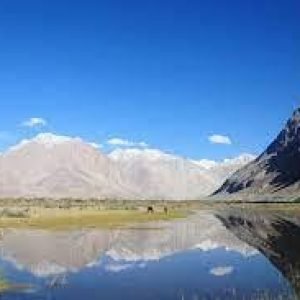

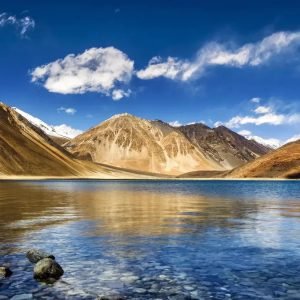

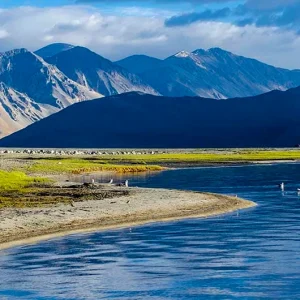
Table of Contents
ToggleIntroduction
The Yarab Tso Lake, affectionately described as “the hidden lake,” nestles in the mystical folds of the Himalayas and is among the most unexploited and mysterious freshwater lakes in Ladakh. Yarab Tso beckons the nature lover with crystal clear waters, spiritual sanctity, and tranquil atmosphere, guaranteeing a divine experience for the visitor at this site. The lake has not been touched by tourism and is considered a heaven for those who are looking forward to being secluded amidst nature. Though it may not be as big as some other lakes in the Ladakh region, Yarab Tso possesses a charm that goes beyond its physical dimensions and layers of historical, cultural, and ecological meaning. The paper is an attempt to bring most realistic understanding of the Yarab Tso Lake, based on geographical location, cultural importance, biodiversity, and the challenges faced in light of rise in human activities within the region.
Geographical Setting:
It lies in the Nubra Valley, which is a cold desert set at an altitude in Ladakh. The Nubra Valley was created by the confluence of two rivers, the Shyok and the Siachen, coming northeast from the Ladakh Range. Yarab Tso lies at an altitude of approximately 4,300 meters (14,107 feet) above sea level and commands excellent all-around views from the treeless slopes and peaks.
It is also known as a ‘Hidden’ or ‘Secret’ lake because it has been pushed inside a little compared to the more accessible routes where people travel in. From Panamik village, which is a popular stop for tourists in search of hot springs and monasteries in Nubra Valley, one can reach this lake via a short distance, but pretty uphill hike. It normally takes about 30 minutes to trek, but it requires a reasonable amount of fitness because the ground is uneven and pretty rocky. The surrounding landscape of the desert-with its silence and wide-spanning views over the valley-is one of isolation that’s both thrilling and meditative.
While the lake is tiny, its emerald-green waters are in sharp contrast to the ochre brown color of the rock formations behind. Flanked by mountains, the impression one gets of Yarab Tso is that it nestles within the earth-a small haven of crystalline purity and serenity among desolation and rugged landscape.
Cultural and Spiritual Significance:
Besides its natural beauty, the Yarab Tso Lake enjoys deep spiritual significance, particularly with the Buddhist community within Ladakh. The lake is often regarded as sacred and associated with a number of myths and legends passed down the generations. Locals view the lake as a site of spiritual power-a place where the divine and earthly intersect. It is common for visitors, particularly Buddhists, to approach the lake with a sense of reverence, and many opt to start off their visit to its shores by way of meditation or prayer.
The first of many popular legends associated with Yarab Tso concerns its creation. According to the locals, this lake was created through divine interference; hence, the lake can be considered more holy than simply a physical entity. It is believed that the gods of this region bless this lake, and the waters of this lake have purifying properties. However, consumption or bathing in the lake is not advised as it is disrespectful to disturb its sanctity. People mostly just come down to the lake just to soak in its serenity and reflect on their relation with nature.
The monasteries on the lake’s backdrop, such as Diskit Monastery and Samstanling Monastery, mostly refer to Yarab Tso with teachings and beliefs that this is a place for introspection and spiritual growth. These pilgrimages through the Nubra Valley often take an extra turn to include visiting the lake, very important in their spiritual journey. The serenity of Yarab Tso, besides being sacred, makes anyone come closer to divinity, away from worldly disturbances.
Biodiversity and Ecological Importance:
While Yarab Tso is not as biologically rich as some of the larger lakes in Ladakh, it nevertheless is an important ecological constituent in this region. This lake is fed by glacial meltwater, providing a stable source of fresh water in an otherwise arid landscape. The high altitude, cold temperatures, and a lack of vegetation around the lake create a unique microenvironment that supports a limited but specialized array of flora and fauna.
The topography is dominated by alpine desert vegetation where only the hardiest of plants, such as junipers, mosses, and lichens, can survive in the most inhospitable of conditions. These are quite adapted to the extreme levels of UV radiation, very thin oxygen, and frigid temperatures characterizing the region. Though harsh, flora around Yarab Tso participates in an overall ecological balance wherein plants prevent the erosion of topsoil and deliver shelter to small mammals and insects.
For wildlife, the lake and surroundings offer a range from a few species of birds to the migrating birds that stop at the lake for brief spells when they have to cover long distances. The black-necked crane, bar-headed goose, and some species of ducks have been spotted around the lake, although its remote location limits views of such birds. The waters are crystal clear, and though no large species of fish are known to exist inside the lake, the pristine state of the lake is testimony enough to the purity of its waters.
Due to the fragile nature of high-altitude ecosystems, Yarab Tso and its surroundings are quite sensitive to changes that happen with the environment. This may include such changes as the melting of glaciers due to climate change and changing precipitation; these could strongly impinge upon lake-water levels. Increased foot traffic of tourists may disturb the fragile plant life around the lake, erosion, and degradation of the environment.
Challenges and Conservation:
Even as remote, Yarab Tso Lake has not escaped the challenges that human endeavors pose. As tourism begins to open up Ladakh more and more to outside traffic, there are now increased inquiries into previously less-disturbed parts of the region, such as that surrounding Nubra Valley. This opens up natural and sensitive ecology, such as that in the surrounds of Yarab Tso, to extreme and irreparable changes.
The main issue is littering. While the local municipalities and tour operators try to remind people of the importance of keeping the lake in its natural state, not everyone listens to them. Plastic bottles, food wrappers, and every other kind of waste has been found around the lake to spoil its pristine environment. Moreover, the tourism practice of building small stone cairns causes disturbance in the terrain and breaks the thin layer of vegetation that covers it, leading to soil erosion.
Another problem arising is overuse of the surrounding area. More trips being made to Yarab Tso mean that the narrow trails to the lake are being worn away, and the fragile desert vegetation is being trampled. This not only takes away the natural beauty of the place but also puts at risk the health of the ecosystem in the long run. More tourists lead to continuing disturbance to the local life, including birds that find the lake a haven.
Efforts are being made to meet these challenges. The local organizations and agencies spread the word about conservation and sensible tourism. The path leading to the lake has a lot of signs that remind tourists to maintain the sanctity of the lake and to carry their own litter. Some tour operators have added eco-friendly treks to their programs, allowing an emphasis on reducing the negative ecological impact of tourism.
One such measure currently under consideration is the institution of a permit system for visitors to Yarab Tso. In so doing, the authorities want to minimize the impact on the environment, allowing a certain number of visitors each day to preserve the natural and cultural heritage of the lake for future generations. However, this balance between conservation and development due to the economic benefits received from tourism must be achieved.
Yarab Tso in the Context of Ladakh’s Lakes:
Smaller and not as famous as its sisters Pangong Tso or Tso Moriri, Yarab Tso finds its place in the geographical and cultural landscape of Ladakh. Each of these lakes differs in size, accessibility, and ecological importance. For instance, Pangong Tso is famous for its color change and vast area; this attracts many tourists despite the remotely located and highly altitude area. Contrarily, Tso Moriri is a Ramsar wetland site, which is particularly famous for rich biodiversity and its birdwatching.
Yarab Tso, on the other hand, gives one a more intimate and spiritual experience. It is relatively less commercialized due to its inaccessibility and the sanctity in which it is held by local people. This has helped to maintain its natural beauty, while it also remains often unnoticed by visitors as they usually focus on more famous lakes. Compared to other more crowded tourist spots in Ladakh, a tranquil retreat, Yarab Tso is a far-from-easily accessed site for the few who make a visit to the lake.
On a broader scale, the Yarab Tso is representative of the fine line drawn below the surface in terms of nature’s beauty and the development of sustainable tourism. As Ladakh continues to further open its doors to tourism, so too does the challenge of protecting such fragile ecosystems while also providing an avenue for the local community to garner benefits from this increasing tourist influx. Yarab Tso stands tall in reminding us of how important it is to respect nature and the thoughtfulness of responsible travel.
Conclusion:
Yarab Tso Lake is much more than a picture-postcard location in Ladakh’s Nubra Valley; rather, it reflects the natural beauty, cultural richness, and ecological fragility of the region. From its being a place where local people exercise their spiritual practices to an important freshwater ecosystem at high altitude, Yarab Tso holds deep meaning for both the people of Ladakh and the visitors coming to experience serenity here. However, at the moment, with tourism pressures coupled with growing environmental change, the lake faces several significant challenges in its quest to ensure preservation for the future.
How to book a trip to Yarab Tso Lake, India with Charzan Holidays?
For a seamless and exceptional booking experience, contact Charzan Holidays at reservations@charzan.in or call us at +917889504310.


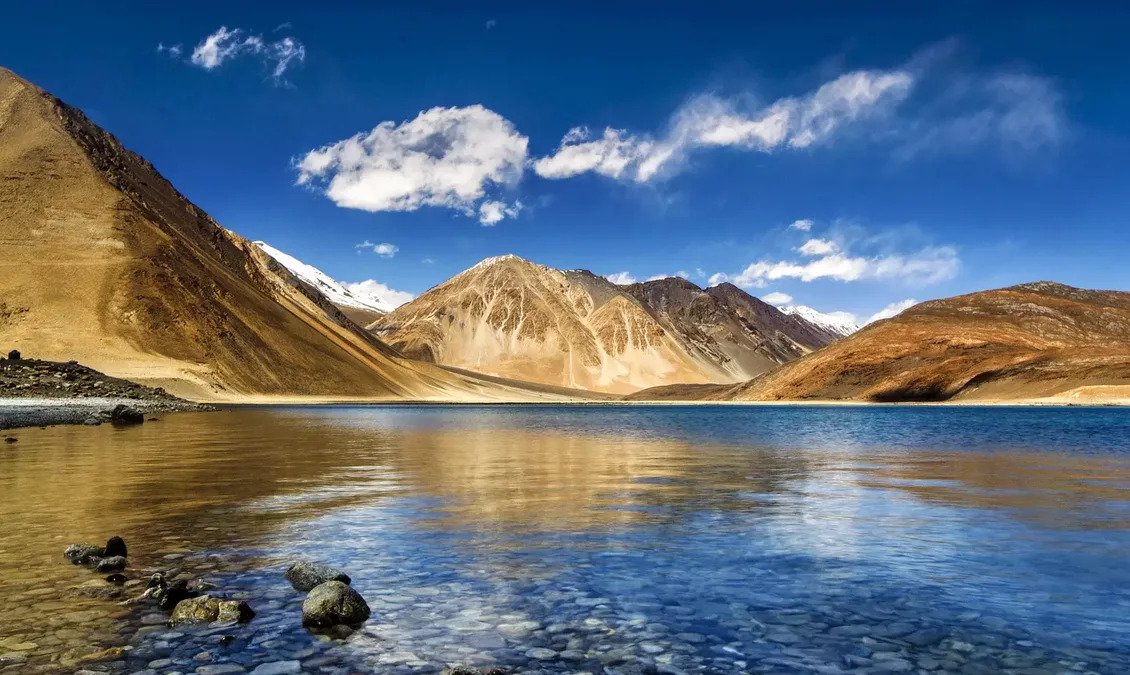
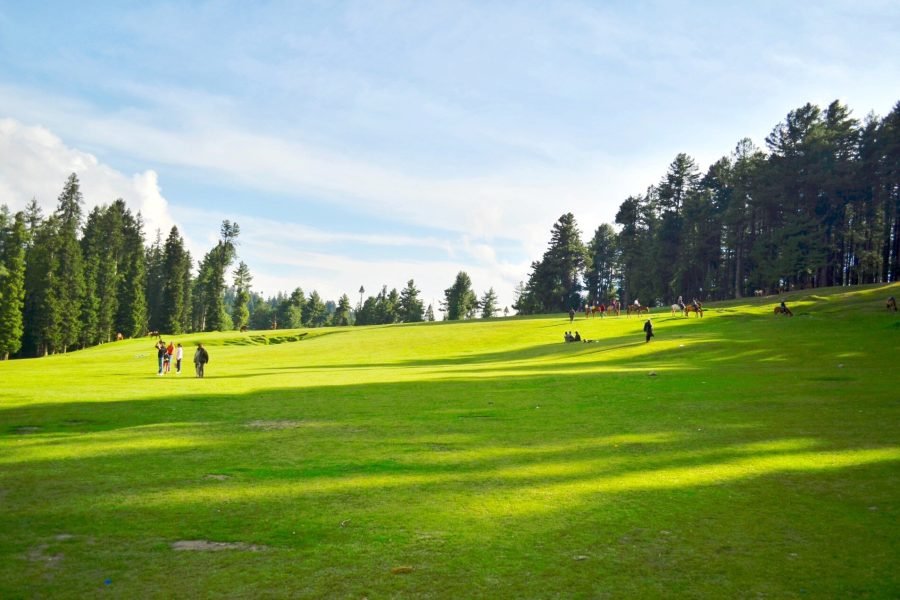
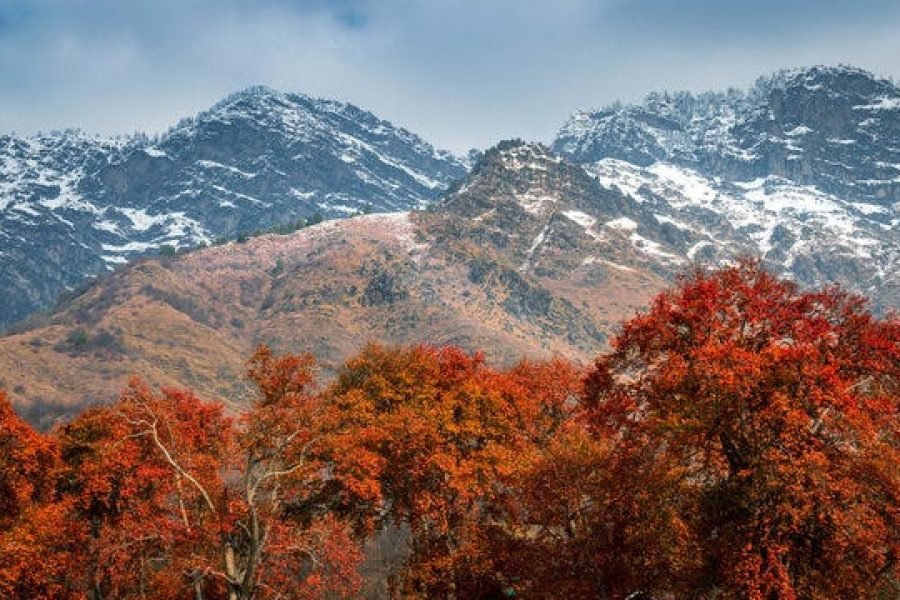

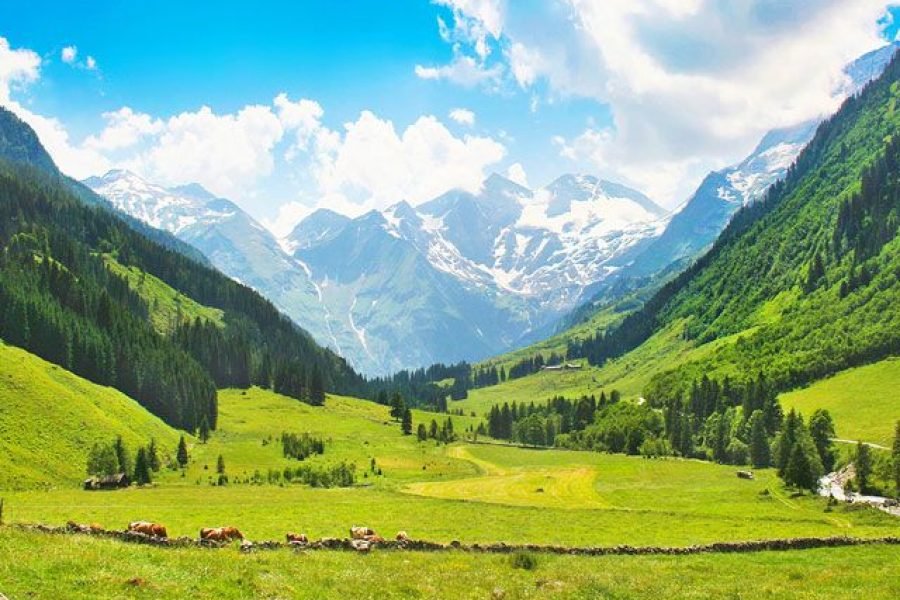
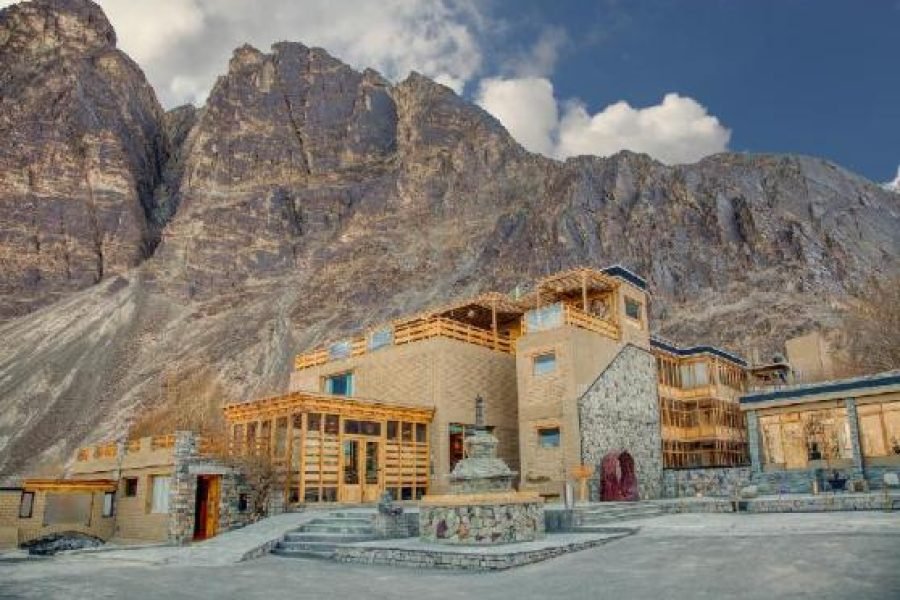

0 Comment